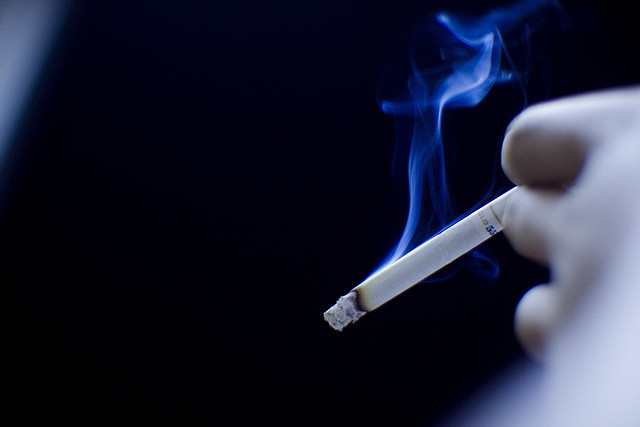
AMA President, A/Prof Brian Owler, said today that the latest National Drugs Strategy Household Survey from the Australian Institute of Health and Welfare (AIHW) shows a very welcome and significant decrease in smoking rates in Australia.
Daily smoking among people aged 14 and older has declined from 15.1 per cent in 2010 to 12.8 per cent in 2013.
A/Prof Owler said the fact that daily smoking rates have almost halved since 1991 is a victory for strong public health advocacy and education, and courageous tobacco control legislation.
“The decrease in tobacco use is testament to Australia’s comprehensive approach to tobacco reform, and demonstrates the effectiveness of plain packaging and increased tobacco excises,” A/Prof Owler said.
“We are now seeing a high number of young people – 99 per cent of 12-17 year olds, and 77 per cent of 18-24 year olds – who have never smoked tobacco.
“Today’s figures also challenge the tobacco companies’ assertions that tobacco sales have increased since plain packaging was introduced. The AIHW survey demonstrates beyond question that sales have markedly declined since the introduction of the world-leading plain packaging laws.
“The cut in smoking rates is encouraging, but there is no room for complacency. Australia still has a long way to go before we achieve the Federal Government target of reducing adult smoking to 10 per cent by 2018.
“Tobacco remains the leading preventable cause of death and disease in Australia,” A/Prof Owler said.
Other key findings of the survey include:
- the level of alcohol-related harms remains unacceptably high in Australia: more than a quarter of Australians were a victim of an alcohol-related incident in 2013, with the number of people experiencing physical abuse by someone under the influence of alcohol increasing to 1.7 million last year;
- nearly half of all pregnant women drank alcohol during their pregnancy, with only 53 per cent abstaining from alcohol;
- in 2013, 18.2 per cent of people aged 14 or older exceeded the lifetime risk guidelines for alcohol consumption;
- a decline in the number of young people (12 -17 years) who are consuming alcohol;
- there has been a decline in the use of illicit drugs such as heroin and ecstasy, but the use of crystal meth (or ice) has more than doubled; and
- there has been an increase in the number of people misusing pharmaceuticals.
